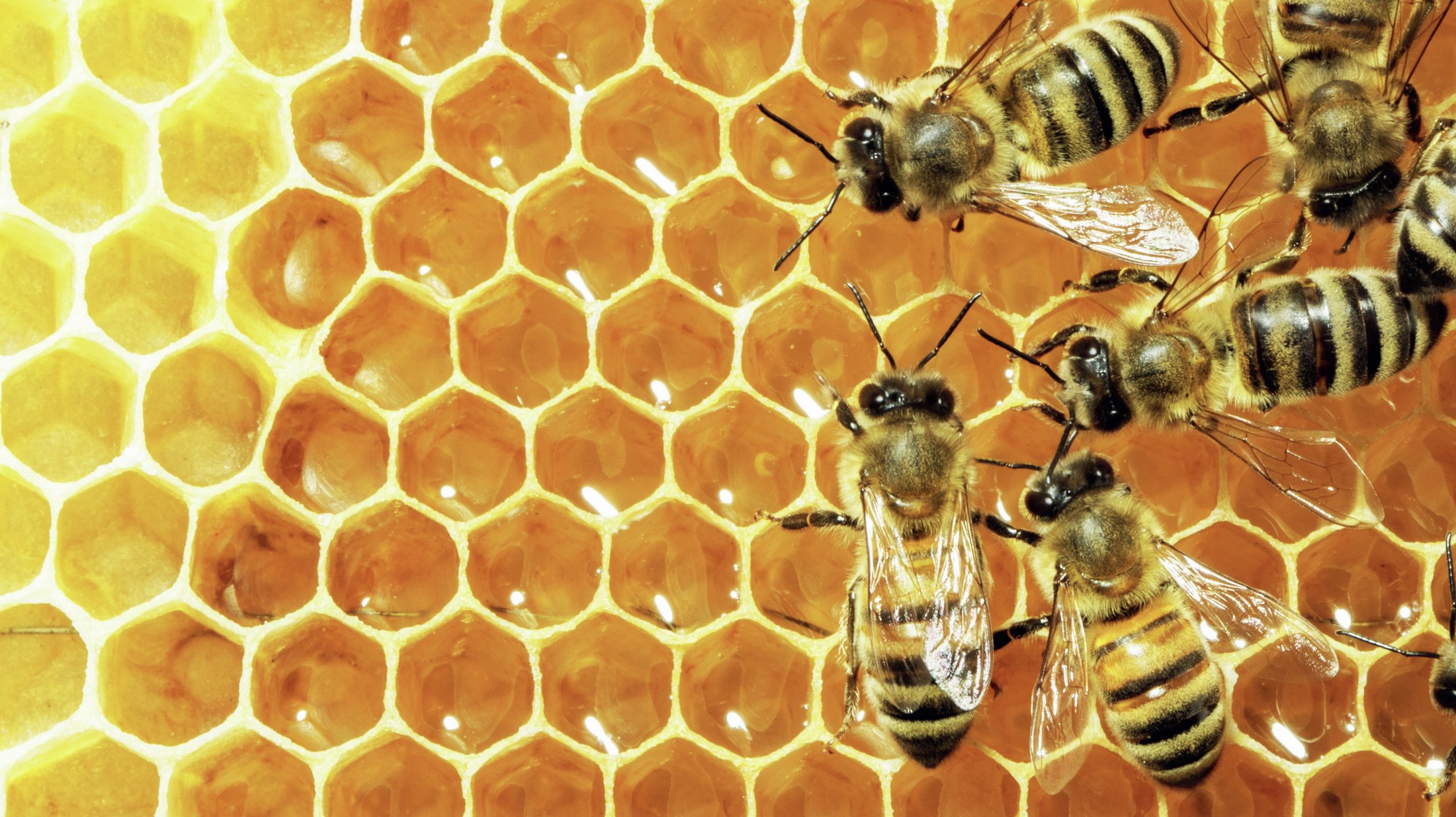
Honeybee venom is made up of peptides, amino acids, enzymes and many other small molecules (see CHEMISTRY REVIEW, Vol. 28, No. 1, pp. 6–10). Apitherapy is a controversial branch of alternative medicine that uses products from honeybees to treat medical conditions. However, in September 2020 researchers at the Harry Perkins Institute of Medical Research in Western Australia found that honeybee venom was successful in causing cell apoptosis (cell death) in HER2-enriched and triple-negative breast cancer cells.
The active component for cancer treatment in honeybee venom is melittin. Melittin is a peptide made up of 26 amino acid residues and is an amphipathic peptide (i.e. it contains both hydrophilic and hydrophobic groups). Melittin makes up half of the dry weight of honeybee venom. It is not found in bumblebee venom and so bumblebee venom cannot be used to treat breast cancer.
Your organisation does not have access to this article.
Sign up today to give your students the edge they need to achieve their best grades with subject expertise
Subscribe




